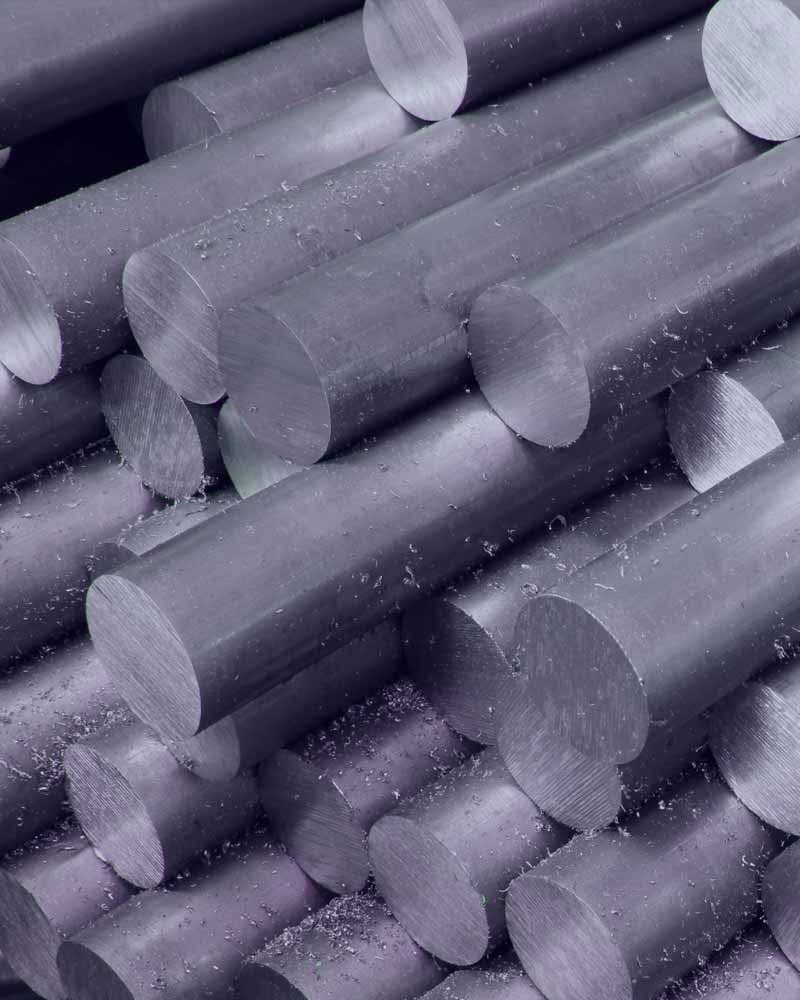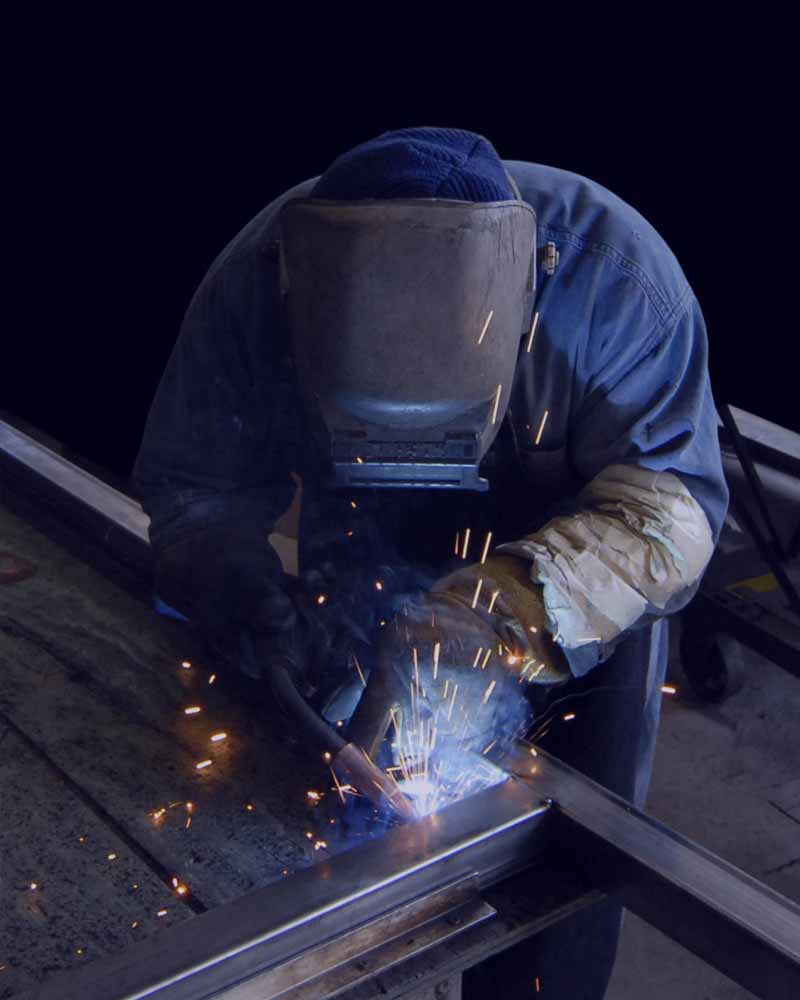OUR SERVICES
Metal & Stainless Steel Fabrication
Is the building of metal structures by cutting, bending, and assembling processes. It is a value added process that involves the construction of machines and structures from various raw materials. We will bid on a job, usually based on the engineering drawings, or clients specifications and if awarded the contract will build the product.
We will employ a multitude of value added processes in one plant or facility including welding, cutting, forming and machining. We offer additional value to our customers by limiting the need for purchasing personnel to locate multiple vendors for different services.
Metal and Stainless Steel fabrication jobs usually start with drawings including precise measurements then move to the fabrication stage and finally to the installation of the final project. Typical projects include loose parts, customized parts, ladders, platforms stairs and hand railings for buildings.




Metal & Stainless Steel Fabrication
Is the building of metal structures by cutting, bending, and assembling processes. It is a value added process that involves the construction of machines and structures from various raw materials. We will bid on a job, usually based on the engineering drawings, or clients specifications and if awarded the contract will build the product.
We will employ a multitude of value added processes in one plant or facility including welding, cutting, forming and machining. We offer additional value to our customers by limiting the need for purchasing personnel to locate multiple vendors for different services.
Metal and Stainless Steel fabrication jobs usually start with drawings including precise measurements then move to the fabrication stage and finally to the installation of the final project. Typical projects include loose parts, customized parts, ladders, platforms stairs and hand railings for buildings.
If you are interested in Working with us We would love to hear from you
Our Services
Cutting and burning
The raw material has to be cut to size. This is done with a variety of tools.
Special band saws designed for cutting metal have hardened blades and a feed mechanism for even cutting. Abrasive cut-off saws, also known as chop saws, are similar to miter saws but with a steel cutting abrasive disk. Cutting torches can cut very large sections of steel with little effort.
Burn tables are CNC cutting torches, usually natural gas powered. Plasma and laser cutting tables, and Water jet cutters, are also common. Plate steel is loaded on a table and the parts are cut out as programmed, with a carousel of different punches and taps.
Forming
Forming is a process of material deformation. Forming is typically applied to metals. To define the process, a raw material piece is formed by applying force to an object. The force must be great enough to change the shape of the object from its initial shape.
The process of forming can be controlled with the use of tools such as punches or dies. Machinery can also be used to regulate force magnitude and direction. Proper design and use of tools with machinery creates a repeatable form, which can be used to create products for many industries, automotive, construction, civil and architectural, etc.
Machining
Machining is the process of removing unwanted material from the block of metal to get the desire shape. Machining is a trade, in and of itself, metal lathes, mills, magnetic based drills, along with other portable metal working tools can also be used.
Welding
Welding is the focus of steel fabrication. The formed and machined parts will be assembled and tack welded into place then re-checked for accuracy. A fixture may be used to locate parts for welding if multiple weldments have been ordered.
The welder then completes welding as per the engineering drawings if welding is detailed or as per his own judgement, if no welding details are provided.
Special precautions may be needed to prevent warping of the weldment due to heat. These may include re-designing the weldment to use less weld, welding in a staggered fashion, using a stout fixture, covering the weldment in sand during cooling, and straightening operations after welding.
Straightening of warped steel weldments is done with an Oxy-acetylene torch and is somewhat of an art. Heat is selectively applied to the steel in a slow, linear sweep. The steel will have a net contraction, upon cooling, in the direction of the sweep. A highly skilled welder can remove significant warpage using this technique.
Final Assembly
After the weldment has cooled, it can be sand blasted, primed and painted if required. Any additional manufacturing specified by the customer is then completed. The finished product is then inspected and supplied to the customer.
“Moroney Engineering Ltd are currently engaged by Celtic Tugs to carry out general maintenance, essential maintenance and steel works on our vessels. Moroney’s completed these works in a competent and professional manner, meeting aggressive schedule targets and contributing positively to Health & Safety objectives.
We would be happy to consider Moroney Engineering Ltd for similar works in the future.”
